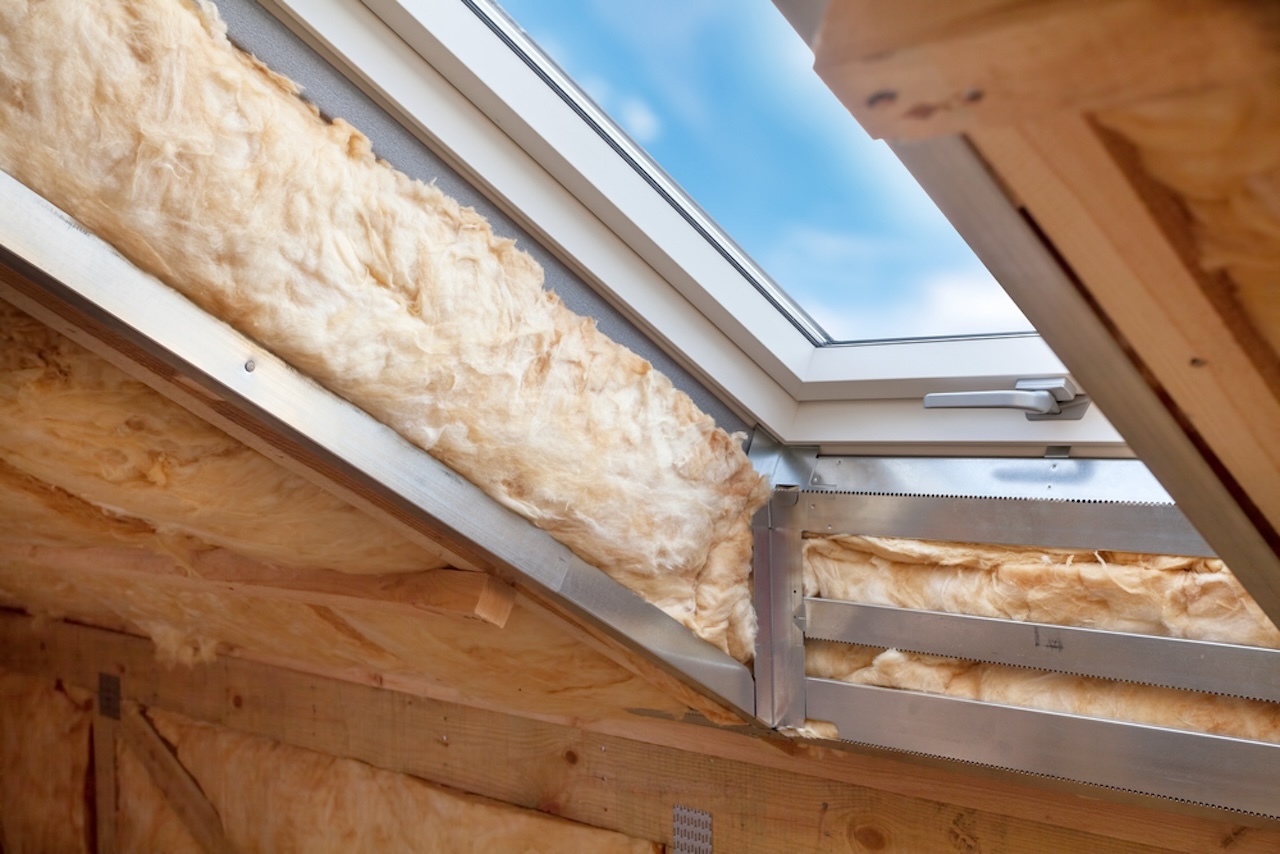

Articles
What Is The Best Kind Of Attic Insulation
Modified: October 28, 2024
Discover the best type of attic insulation in our informative articles. Find out how to choose the right insulation for your home and improve energy efficiency
(Many of the links in this article redirect to a specific reviewed product. Your purchase of these products through affiliate links helps to generate commission for Storables.com, at no extra cost. Learn more)
Introduction
When it comes to optimizing the energy efficiency and comfort of your home, one important aspect to consider is your attic insulation. A well-insulated attic can make a significant difference in your energy bills and overall comfort levels, especially during extreme weather conditions. But with so many different types of attic insulation available, how do you know which one is best for your needs?
In this article, we will explore the various types of attic insulation and highlight their benefits and considerations. By understanding the different options, you can make an informed decision and choose the best insulation for your attic.
Before we delve into the types of attic insulation, it is important to have a basic understanding of how insulation works. Insulation acts as a barrier that helps to prevent the transfer of heat between your living space and the outside environment. It works by trapping air and slowing down the movement of heat through its tiny air pockets.
Now, let’s take a closer look at the different types of attic insulation and their unique characteristics.
Key Takeaways:
- Choose attic insulation based on climate, R-value, and installation method. Consider factors such as budget, moisture control, and combining insulation types for optimal energy efficiency and comfort.
- Consult with insulation professionals to assess specific needs and ensure proper installation. Make an informed decision to enhance energy efficiency, improve comfort, and create a sustainable home.
Understanding Attic Insulation
Attic insulation plays a crucial role in maintaining the energy efficiency of your home. It acts as a thermal barrier, preventing the escape of heat during the colder months and the entry of heat during the warmer months. A well-insulated attic can lead to reduced energy consumption, lower utility bills, and improved comfort all year round.
In addition to temperature regulation, attic insulation also helps to prevent moisture buildup and condensation. Proper insulation can prevent moisture-related issues such as mold growth, wood rot, and damage to the structural integrity of your home.
When it comes to choosing attic insulation, there are several factors to consider, including the R-value, material, and installation method. The R-value represents the insulation’s resistance to heat flow, and a higher R-value indicates a more effective insulating material.
Another crucial factor to consider is the type of material used for insulation. There are various options available, including fiberglass, cellulose, spray foam, and radiant barrier insulation. Each material has its own strengths and considerations, and the choice ultimately depends on your specific needs, budget, and climate conditions.
Proper installation of attic insulation is essential to ensure optimal performance. If insulation is not installed correctly, it can lead to gaps, air leaks, and reduced effectiveness. It is recommended to hire a professional insulation contractor who has experience in attic insulation installation to ensure the best results.
It is also important to note that while attic insulation is important, it is not the sole solution for energy efficiency. Proper ventilation, sealing air leaks, and maintaining adequate insulation levels in other parts of the house, such as walls and floors, are also essential for overall energy efficiency.
Now that we have a better understanding of the importance of attic insulation, let’s take a closer look at the different types of attic insulation available and their specific characteristics.
Types of Attic Insulation
When it comes to choosing the best attic insulation, there are several types to consider. Each type has its own unique characteristics, benefits, and considerations. Let’s explore some of the most common types of attic insulation:
- Fiberglass Insulation: Fiberglass insulation is one of the most popular types of attic insulation. It consists of tiny glass fibers that are spun together to create a fluffy material. Fiberglass insulation comes in batt or roll form, making it easy to install in attics with standard sized joists and studs. It is known for its affordability, fire resistance, and excellent thermal performance. However, fiberglass insulation can be irritating to the skin, eyes, and lungs, so proper protective gear should be worn during installation.
- Cellulose Insulation: Made from recycled materials, cellulose insulation is an eco-friendly option for attic insulation. It is typically made from shredded newspaper or cardboard treated with fire-retardant chemicals. Cellulose insulation is highly effective at reducing airflow and is particularly suitable for areas with irregular shapes or hard-to-reach spaces. However, it is important to ensure proper moisture control, as cellulose insulation can absorb and hold moisture if not installed correctly.
- Spray Foam Insulation: Spray foam insulation is a versatile option for attic insulation. It is applied as a liquid that expands and forms a solid foam barrier, filling in gaps and cracks. Spray foam insulation offers excellent air sealing properties, is moisture-resistant, and provides high insulation performance. However, professional installation is recommended, as it requires specialized equipment and expertise.
- Radiant Barrier Insulation: Radiant barrier insulation is a reflective material that helps to reduce radiant heat transfer. It is typically installed in attic spaces, reflecting heat away from the living area during hot days and reducing heat loss during colder periods. Radiant barrier insulation is most effective in hot climates and can be combined with other types of insulation for enhanced energy efficiency.
It is worth noting that these are just a few examples of attic insulation types, and there may be other options available depending on your specific needs and region. Before making a decision, it is recommended to consult with an insulation professional to determine the best insulation type for your attic based on factors such as climate, budget, and energy efficiency goals.
Fiberglass Insulation
Fiberglass insulation is one of the most widely used and popular types of attic insulation. It is made from tiny glass fibers that are spun together to create a fluffy, lightweight material. This insulation type is available in batts or rolls, making it easy to install in attics with standard joist and stud spacing.
One of the main advantages of fiberglass insulation is its affordability. It is a cost-effective option for homeowners who are looking to improve their attic insulation without breaking the bank. Additionally, fiberglass insulation has excellent fire resistance properties, providing an added level of safety for your home.
Fiberglass insulation is also known for its exceptional thermal performance. It helps to regulate temperature by slowing down the transfer of heat between your living space and the outside environment. This can result in energy savings, reduced heating, and cooling costs, and improved comfort throughout the year.
Installation of fiberglass insulation is relatively straightforward. It can be easily cut to fit the desired space and can be installed by homeowners themselves, although hiring a professional installer is recommended for ensuring optimal results. It is crucial to wear protective gear, such as gloves, goggles, and a mask, during installation, as the fine glass fibers can be irritating to the skin, eyes, and respiratory system.
One important consideration with fiberglass insulation is that it can lose its effectiveness if not properly installed. Gaps and voids in the insulation can allow for air leaks and reduce its overall insulation performance. Therefore, it is crucial to ensure a tight fit and proper coverage to maximize its thermal resistance.
Additionally, fiberglass insulation does not provide air sealing properties on its own. It is recommended to combine it with air sealing measures, such as sealing gaps and cracks, to enhance energy efficiency and overall insulation effectiveness.
Overall, fiberglass insulation is a versatile and durable option for attic insulation. Its affordability, fire resistance, and excellent thermal performance make it a popular choice among homeowners. However, it is important to ensure proper installation and consider combining it with other insulation methods for optimal energy efficiency.
Cellulose Insulation
Cellulose insulation is a sustainable and eco-friendly option for attic insulation. It is made from recycled materials, typically shredded newspaper or cardboard, that are treated with fire-retardant chemicals to enhance safety. Cellulose insulation offers several benefits and considerations that make it a popular choice for homeowners.
One of the key advantages of cellulose insulation is its exceptional ability to reduce airflow and provide effective insulation. It can fill in gaps, cracks, and irregular spaces in attics, making it suitable for areas that may be challenging to insulate with other materials. This helps to minimize drafts and air leaks, improving energy efficiency and comfort levels within the home.
Another benefit of cellulose insulation is its high thermal performance. It has a higher R-value compared to fiberglass insulation, meaning it provides better resistance to heat flow. This can result in increased energy savings and reduced heating and cooling costs.
Cellulose insulation also offers soundproofing properties, helping to reduce noise transmission from outside sources, such as traffic or neighbors. This can contribute to a quieter and more peaceful indoor environment.
One important consideration with cellulose insulation is moisture control. Cellulose insulation can absorb and hold moisture if not properly installed or if there are moisture issues in the attic. Moisture can lead to mold growth, decay, and reduced insulation effectiveness. Therefore, it is crucial to ensure proper ventilation and address any existing moisture problems before installing cellulose insulation.
Installation of cellulose insulation typically requires professional expertise. It is blown or sprayed into the desired area using specialized equipment. Professional installers have the knowledge and experience to ensure proper coverage and airtightness, maximizing the insulation’s performance.
It is also worth mentioning that cellulose insulation, like other loose-fill insulation options, may settle over time. This can reduce its effectiveness, so it is recommended to have periodic inspections and, if necessary, add more insulation to maintain the desired thermal resistance.
In summary, cellulose insulation offers excellent insulation performance, soundproofing capabilities, and sustainability. Its ability to fill in gaps and cover irregular spaces makes it a versatile option for attic insulation. However, proper installation and moisture control are essential for optimal performance.
Spray foam insulation is considered one of the best options for attic insulation. It provides a superior air seal and has a high R-value, making it very effective at keeping your home comfortable and energy efficient.
Spray Foam Insulation
Spray foam insulation is a versatile and effective option for attic insulation. It is applied as a liquid that expands and forms a solid foam barrier, providing excellent insulation and air-sealing properties. Spray foam insulation offers several benefits and considerations that make it a popular choice for homeowners.
One of the key advantages of spray foam insulation is its superior air sealing capabilities. It can effectively seal cracks, gaps, and joints, preventing air leakage and reducing energy loss. This helps to improve energy efficiency by minimizing drafts and maintaining a more consistent indoor temperature.
Due to its expansive nature, spray foam insulation can also provide enhanced thermal performance compared to other insulation materials. It creates a continuous layer of insulation that conforms to the shape of the attic, covering even hard-to-reach areas and reducing thermal bridging. This can result in significant energy savings and improved comfort throughout the year.
Another benefit of spray foam insulation is its ability to resist moisture. The foam is impermeable to water, preventing moisture buildup and potential mold and mildew growth. This can help to protect the structural integrity of your home and maintain a healthier indoor environment.
It is important to note that professional installation is typically required for spray foam insulation. Specialized equipment is used to apply the foam, and proper training is necessary to ensure accurate mixing and application. Hiring a professional installer is crucial for achieving optimal results and avoiding potential issues.
One consideration with spray foam insulation is the initial cost. It tends to be more expensive than other insulation options. However, many homeowners find that the long-term energy savings and increased comfort justify the upfront investment.
It is also worth mentioning that spray foam insulation can emit a strong odor during and immediately after installation. The odor can potentially last for a few days or weeks, but it will eventually dissipate. Ventilating the area during and after installation can help to reduce the odor and speed up the process.
In summary, spray foam insulation offers excellent air sealing properties, enhanced thermal performance, and moisture resistance. It is a versatile option for attic insulation that can provide significant energy savings and improved comfort. Professional installation is recommended to ensure proper application and maximize its benefits.
Radiant Barrier Insulation
Radiant barrier insulation is a unique type of attic insulation that focuses on reducing radiant heat transfer. It is typically installed in the attic space and works by reflecting radiant heat away from the living areas during hot weather and reducing heat loss during colder periods. Radiant barrier insulation offers several benefits and considerations that make it a popular choice for homeowners, especially in hot climates.
One of the key advantages of radiant barrier insulation is its ability to effectively reduce heat gain from the sun’s radiant energy. It consists of a reflective material, usually made of aluminum foil, foil-laminated paper, or plastic film, which helps to reflect the sun’s rays. This can contribute to a cooler attic and lower cooling costs during the hot summer months.
In addition to reducing heat gain, radiant barrier insulation can also help to minimize heat loss during colder periods. It reflects the heat emitted by the interior of your home back into the living space, keeping it warmer and reducing the need for excessive heating.
Another benefit of radiant barrier insulation is its compatibility with other insulation materials. It can be used in conjunction with other types of insulation, such as fiberglass or cellulose, to achieve enhanced energy efficiency and overall insulation performance. This combination helps to create a comprehensive insulation system that addresses multiple modes of heat transfer.
It is worth noting that radiant barrier insulation is most effective in hot climates where cooling costs are a significant concern. In regions with milder climates or colder winters, its impact may be less pronounced. However, it can still provide benefits by reducing heat loss and improving overall energy efficiency.
Installation of radiant barrier insulation is typically straightforward and can be done by homeowners themselves or by hiring a professional installer. The material is usually stapled or attached to the underside of the roof rafters or above the attic floor joists. It is important to ensure proper installation to maximize its effectiveness and coverage.
While radiant barrier insulation can provide significant benefits, it is important to note that it primarily addresses radiant heat transfer and may have limited impact on other modes of heat transfer, such as conduction or convection. Therefore, it is recommended to consider a comprehensive insulation approach that includes other types of insulation for optimal energy efficiency.
In summary, radiant barrier insulation offers effective heat reflection and can contribute to a cooler attic and reduced cooling costs in hot climates. It can also help to minimize heat loss during colder periods. When installed properly and combined with other insulation materials, radiant barrier insulation can be a valuable component of a comprehensive attic insulation system.
Which Insulation is Best for Attics?
When it comes to determining the best insulation for attics, there is no one-size-fits-all answer. The choice of insulation depends on various factors, including your specific needs, budget, climate conditions, and the existing structure of your attic. However, here are some considerations to help guide your decision:
1. Climate: Consider the climate in your area. If you live in a predominantly hot or cold climate, you may prioritize insulation options that provide excellent heat resistance or retention, respectively. Take into account the average temperatures and weather patterns throughout the year.
2. R-Value: The R-value is a measure of insulation’s resistance to heat flow. Consider the recommended R-value for your region and aim for insulation that meets or exceeds that level to ensure optimal energy efficiency.
3. Installation Method: Evaluate the ease of installation for different insulation materials. Some may require professional installation, while others can be easily installed by homeowners. Consider your DIY skills and whether you’re comfortable handling the installation process yourself.
4. Budget: Determine how much you’re willing to invest in attic insulation. Different insulation materials vary in cost, and some options may require additional equipment or professional labor, which can add to the overall expenses. Find a balance between cost and the long-term energy savings you expect to achieve.
5. Moisture Control: Consider the moisture levels in your attic and choose insulation that can effectively manage and prevent moisture-related issues. Proper ventilation and moisture control are essential to maintain the effectiveness of insulation and protect your home from mold or rot.
6. Combining Insulation Types: In some cases, combining different types of insulation can provide the best overall performance. For example, using a combination of fiberglass batts or rolls with spray foam insulation or a radiant barrier can create a comprehensive insulation system that addresses different modes of heat transfer.
7. Professional Consultation: If you’re unsure about the best insulation option for your attic, consider consulting with an insulation professional. They can assess your attic’s specific requirements, provide recommendations based on your needs, and ensure proper installation for optimal performance.
Ultimately, the best insulation for attics varies depending on individual circumstances. Factors such as climate, budget, installation ease, and moisture control should be carefully considered to make an informed decision. Choosing the right insulation will help optimize energy efficiency, improve comfort levels, and contribute to a more sustainable home.
Factors to Consider When Choosing Attic Insulation
When selecting attic insulation for your home, it’s important to consider several factors to ensure that you choose the most suitable option. Here are some key factors to keep in mind:
1. Climate: Take into account the climate in your region. Consider whether you experience predominantly hot or cold temperatures, as this will impact the type and thickness of insulation required to effectively regulate temperature and minimize energy loss.
2. R-Value: The R-value is a measure of insulation’s thermal resistance. The higher the R-value, the better the insulation’s ability to resist heat flow. Check the recommended R-value for your area and aim for insulation that meets or exceeds this value for optimal energy efficiency.
3. Material Type: Different insulation materials have varying characteristics and benefits. Common types include fiberglass, cellulose, spray foam, and radiant barrier insulation. Consider factors such as cost, effectiveness, sustainability, fire resistance, and ease of installation before making a decision.
4. Installation Method: Evaluate the installation requirements and consider whether you’re comfortable installing the insulation yourself or if you should hire a professional contractor. Some insulation types, such as spray foam, may require specialized equipment and professional expertise.
5. Existing Attic Conditions: Assess the condition of your attic before choosing insulation. Look for any signs of moisture, leaks, or air leaks that may need to be addressed before installation. It’s crucial to ensure a proper insulation environment without any existing issues that could compromise its effectiveness.
6. Long-Term Performance: Consider the longevity and durability of the insulation material. Some options may require periodic maintenance or replacement, while others can effectively perform for years without significant degradation. Factor in the expected lifespan of the insulation when making your decision.
7. Energy Efficiency Goals: Determine your energy efficiency goals and how insulation fits into your overall plan. Consider whether you want to achieve maximum energy savings, minimize environmental impact, or improve indoor comfort. Align your insulation choice with your specific objectives.
8. Budget: Evaluate your budget and the overall cost of the insulation, including materials, installation, and any additional accessories or equipment required. Strike a balance between the initial investment and the potential long-term energy savings or benefits derived from the insulation.
9. Code and Safety Compliance: Ensure that the chosen insulation material meets local building codes and safety standards. It’s essential to use insulation materials that are approved for use in your area to ensure regulatory compliance and the safety of your home.
10. Professional Consultation: If you’re uncertain about the best insulation choice for your attic, it’s recommended to consult with a professional insulation contractor. They can assess your specific needs, inspect your attic, and provide expert advice on the most suitable insulation options for your home.
By considering these factors, you can make an informed decision when selecting attic insulation that aligns with your goals, budget, and the specific requirements of your home. Choosing the right insulation will contribute to improved energy efficiency, comfort, and sustainability in your living space.
Read more: What R Insulation For Attic
Conclusion
Attic insulation is a crucial element in optimizing the energy efficiency and comfort of your home. With a well-insulated attic, you can reduce energy consumption, lower utility bills, and improve indoor comfort throughout the year. When choosing the right attic insulation, it’s important to consider various factors to ensure an informed decision.
Understanding the different types of attic insulation, such as fiberglass insulation, cellulose insulation, spray foam insulation, and radiant barrier insulation, allows you to evaluate their benefits and considerations. Fiberglass insulation offers affordability and fire resistance, while cellulose insulation provides eco-friendliness and effective air sealing. Spray foam insulation excels in air sealing and thermal performance, while radiant barrier insulation is ideal for hot climates and reducing radiant heat transfer.
Factors such as climate, R-value, installation method, budget, moisture control, and the combination of insulation types should be considered when choosing attic insulation. Climate plays a vital role in determining the insulation’s heat resistance or retention requirements. The recommended R-value for your region should guide your choice. Installation method and budget influence the ease of installation and overall cost. Moisture control is crucial to prevent mold growth and maintain insulation effectiveness. Combining insulation types can enhance overall performance.
Professional consultation from insulation experts can provide valuable insights and help you make the best choice for your attic. They can assess your specific needs, consider your energy efficiency goals, and ensure proper installation for optimal performance.
In conclusion, when selecting attic insulation, there isn’t a single “best” option that suits every situation. It’s essential to consider your specific requirements, budget, and climate conditions. By making an informed decision and choosing the right attic insulation, you can enhance energy efficiency, improve comfort, and create a more sustainable home.
Frequently Asked Questions about What Is The Best Kind Of Attic Insulation
Was this page helpful?
At Storables.com, we guarantee accurate and reliable information. Our content, validated by Expert Board Contributors, is crafted following stringent Editorial Policies. We're committed to providing you with well-researched, expert-backed insights for all your informational needs.
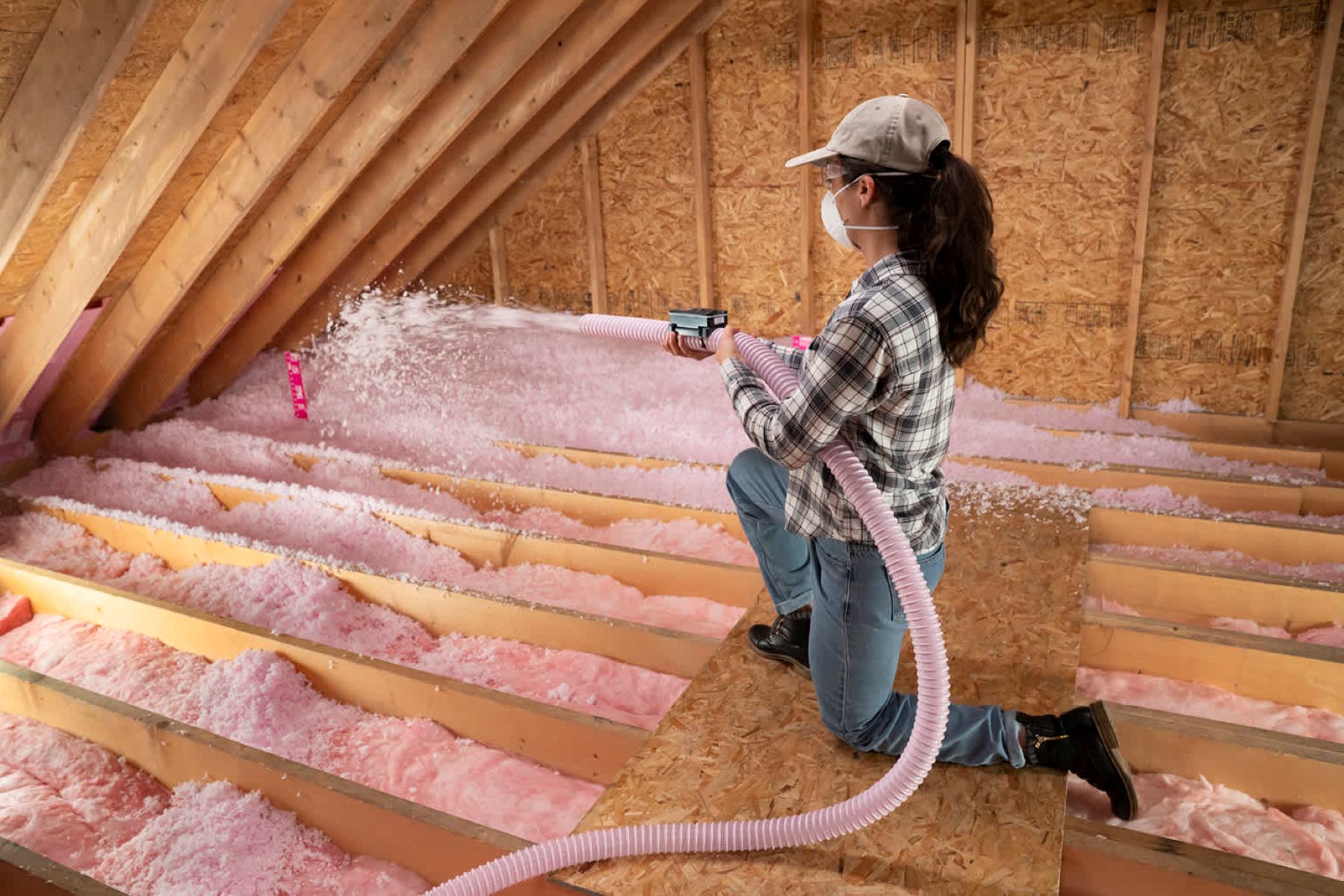
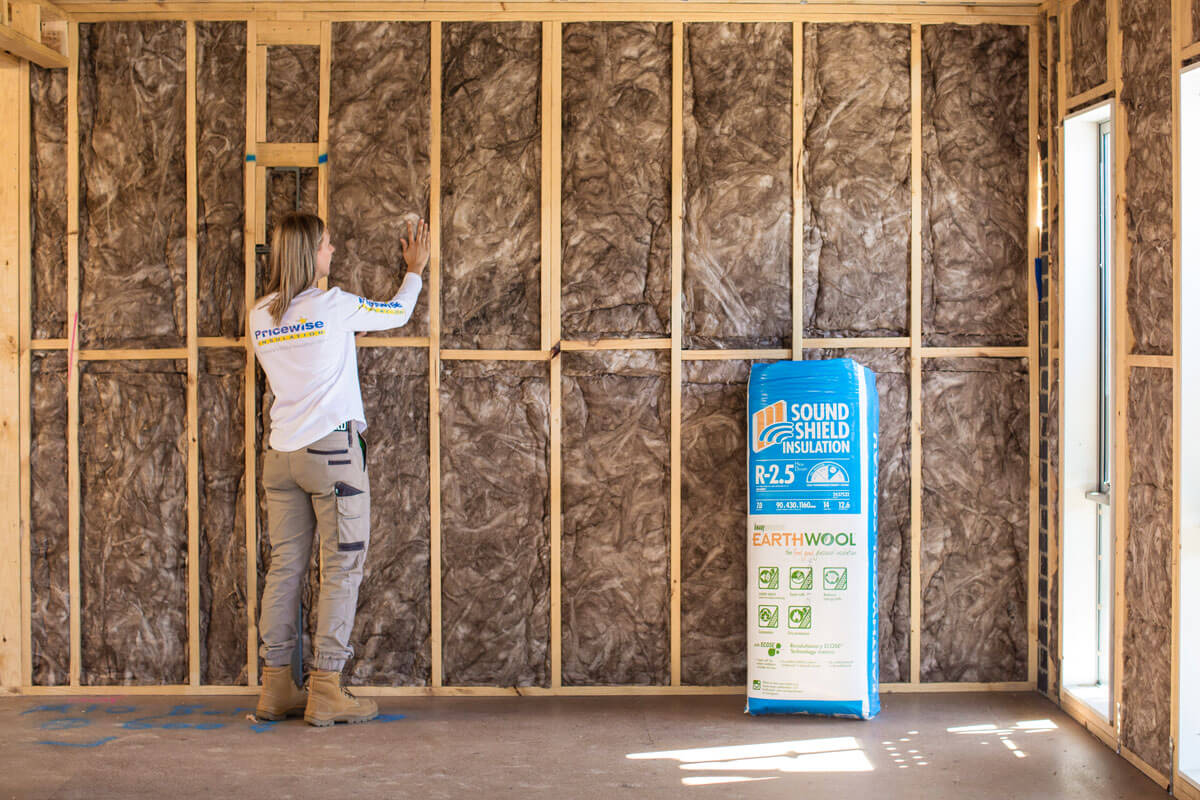
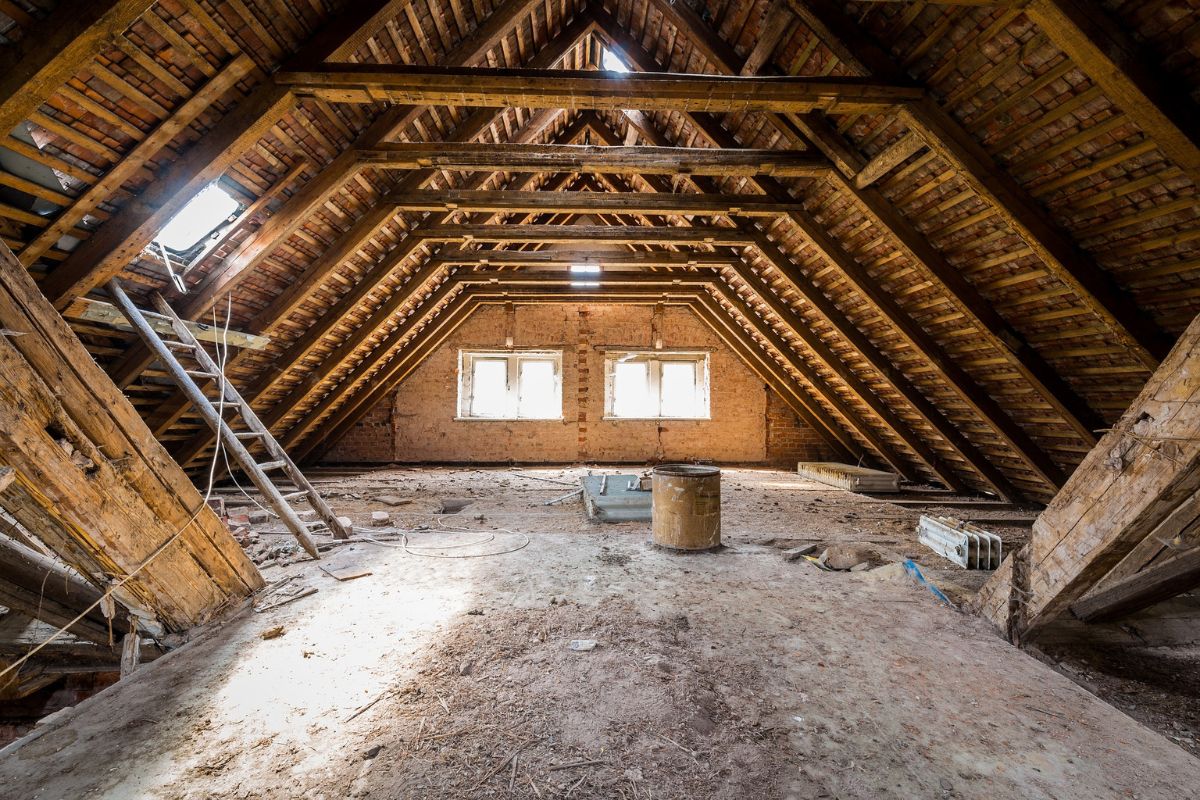
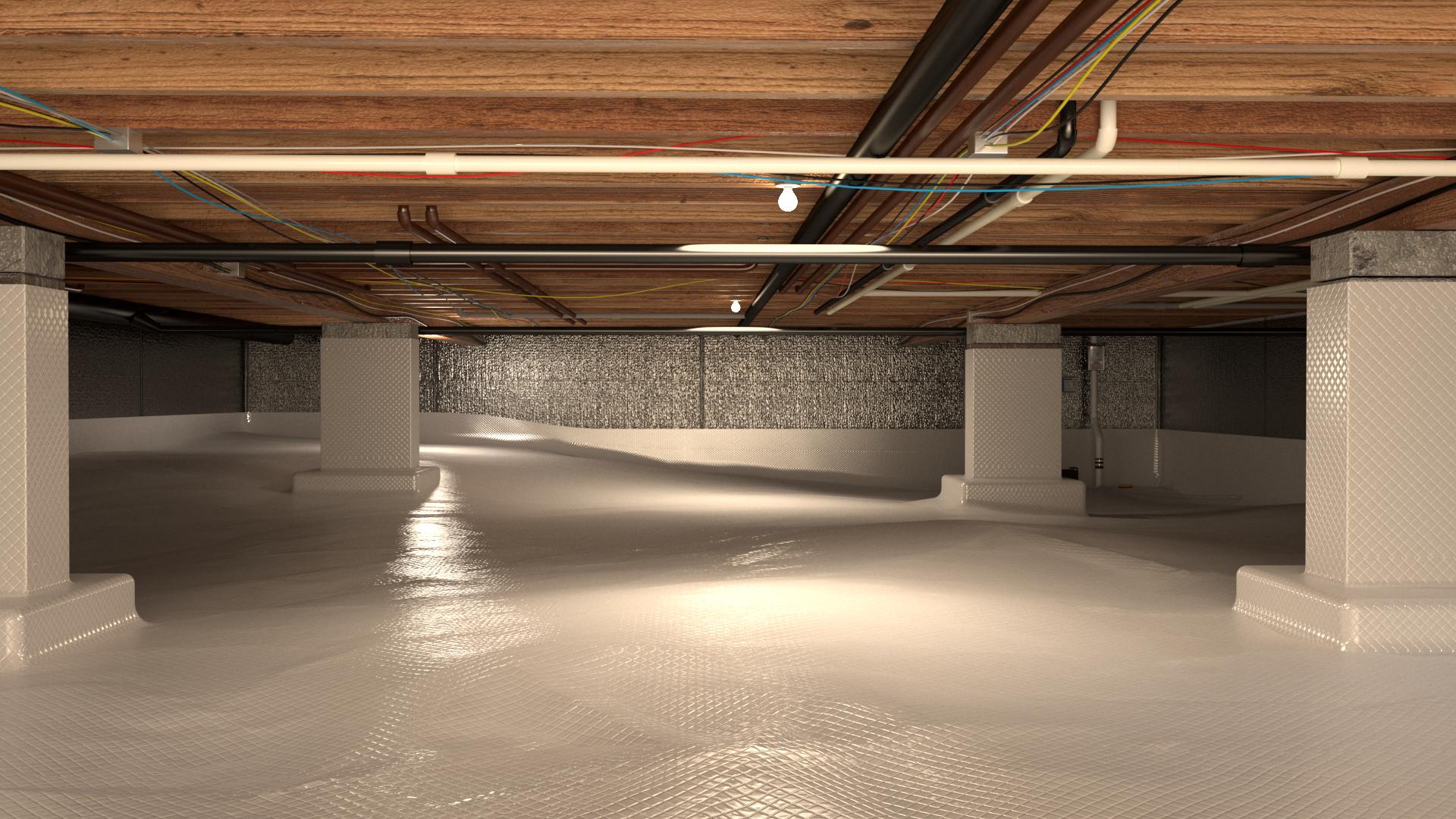
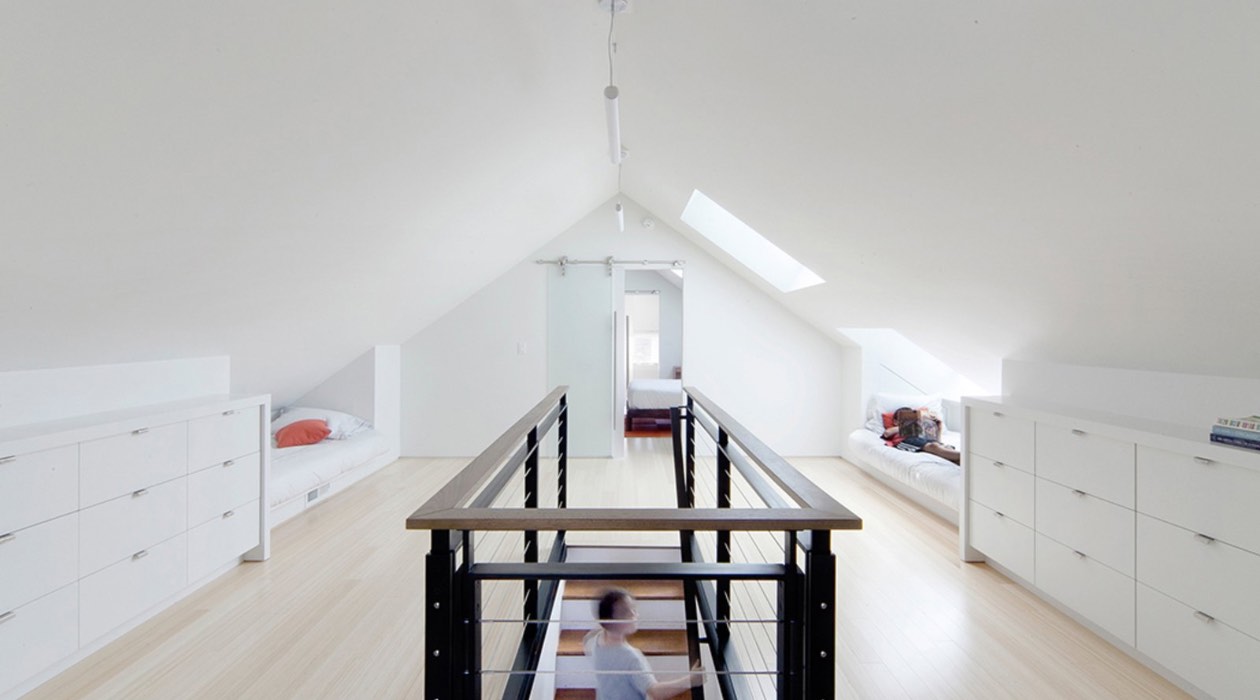
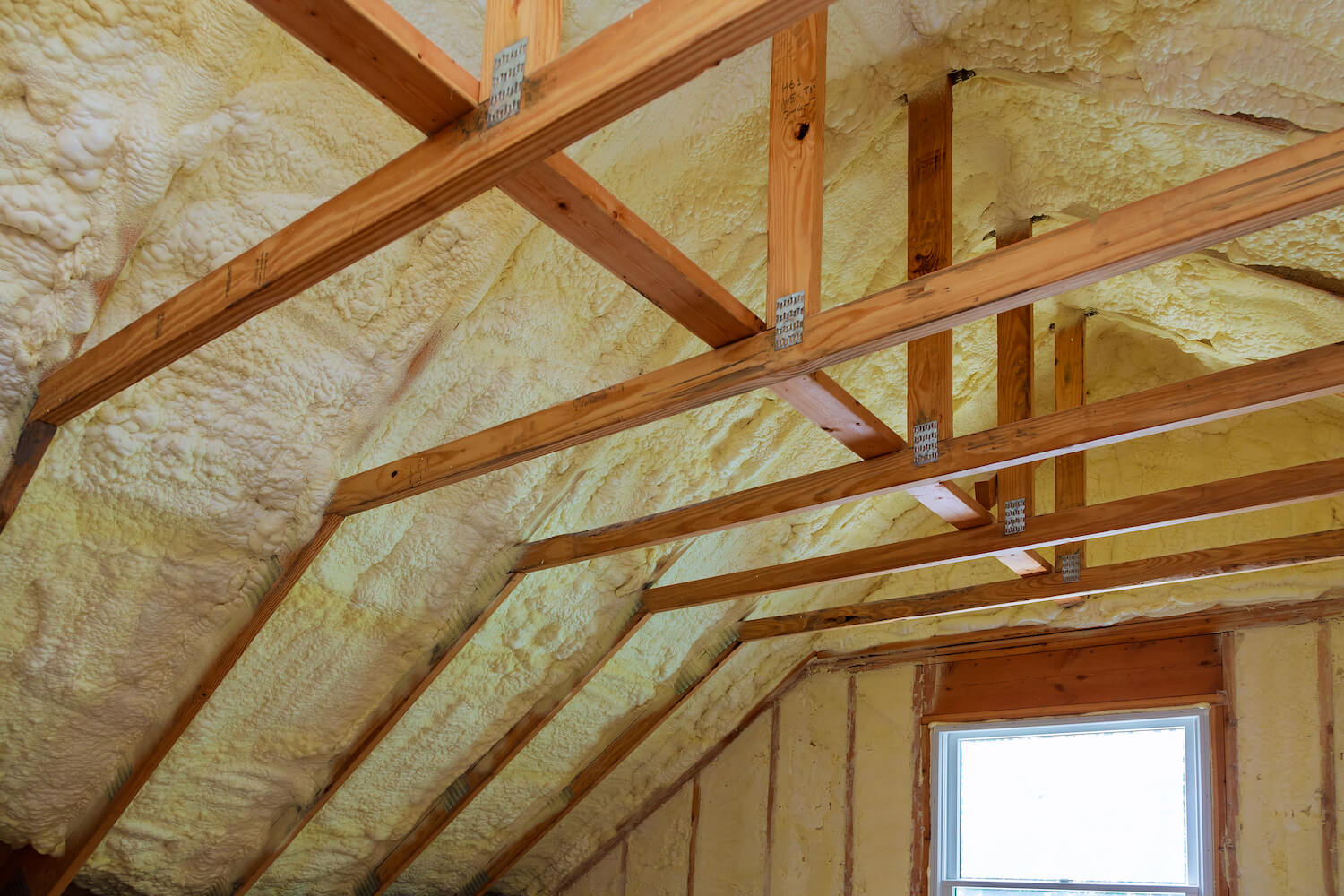
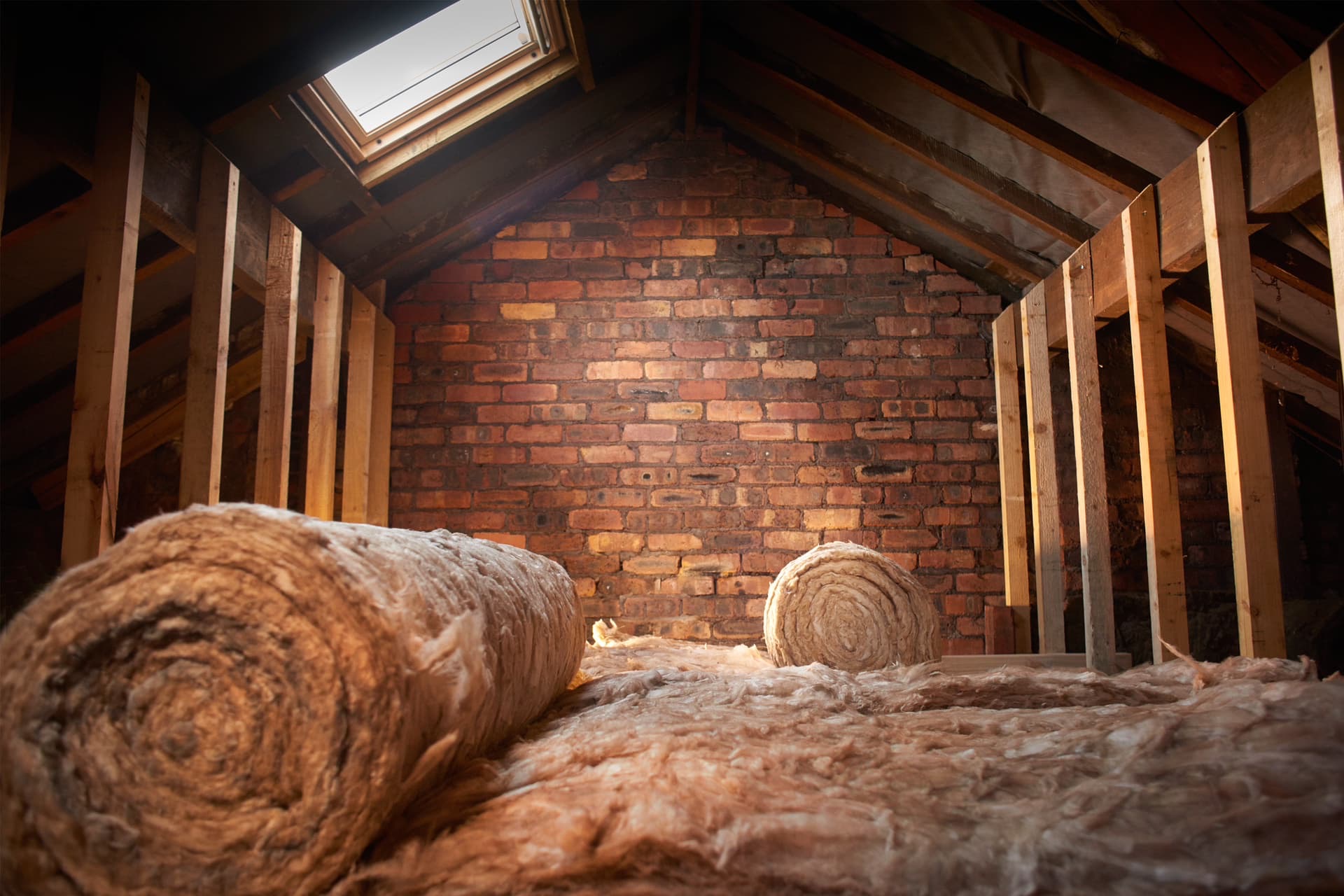
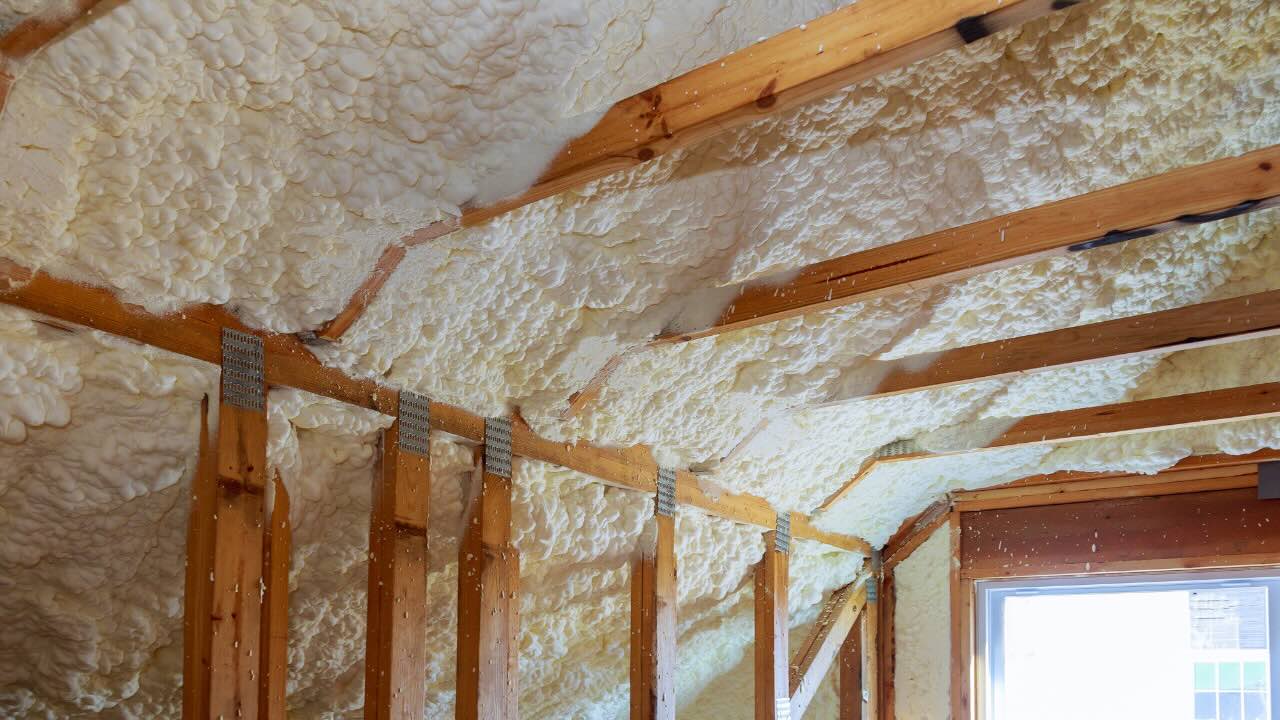
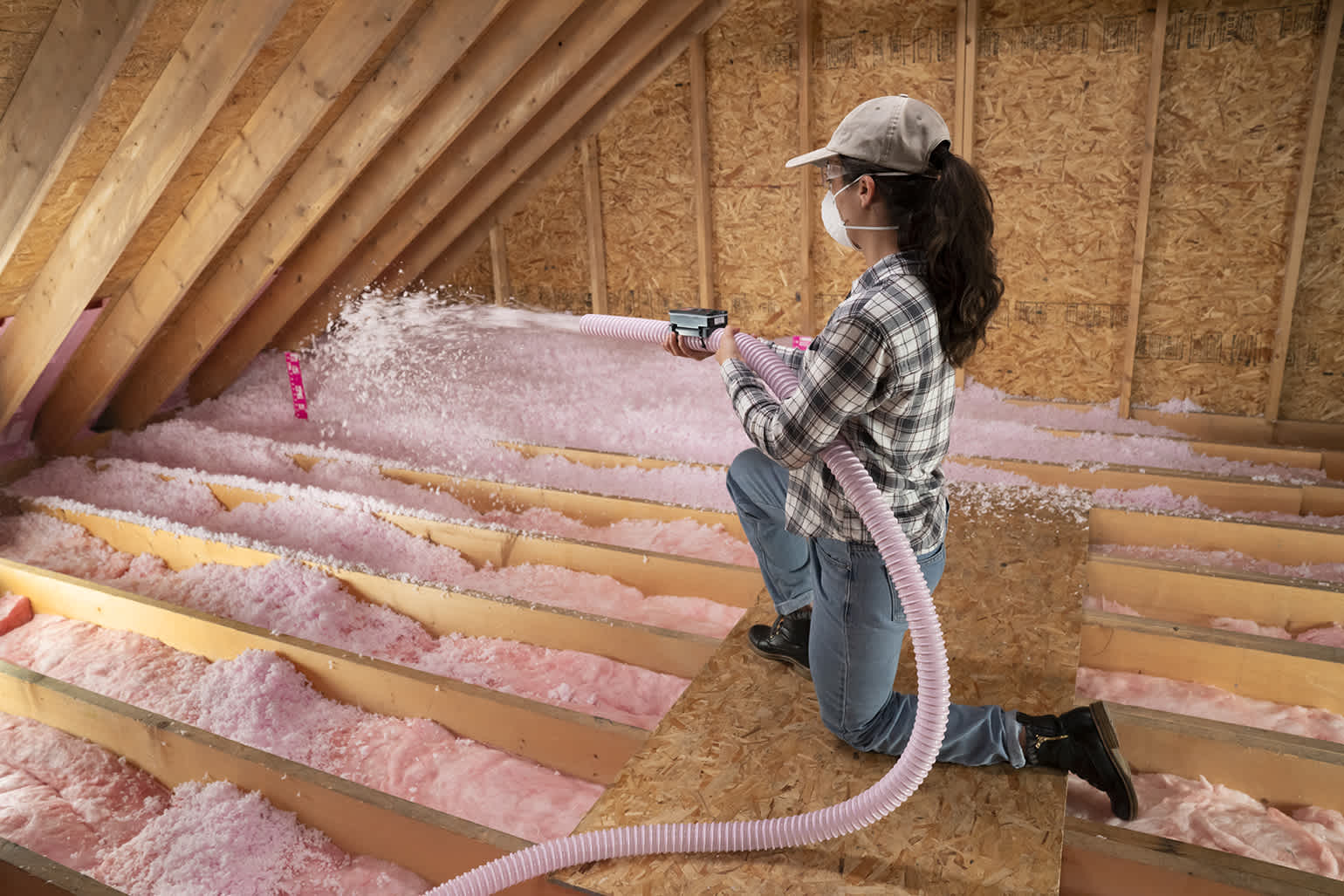
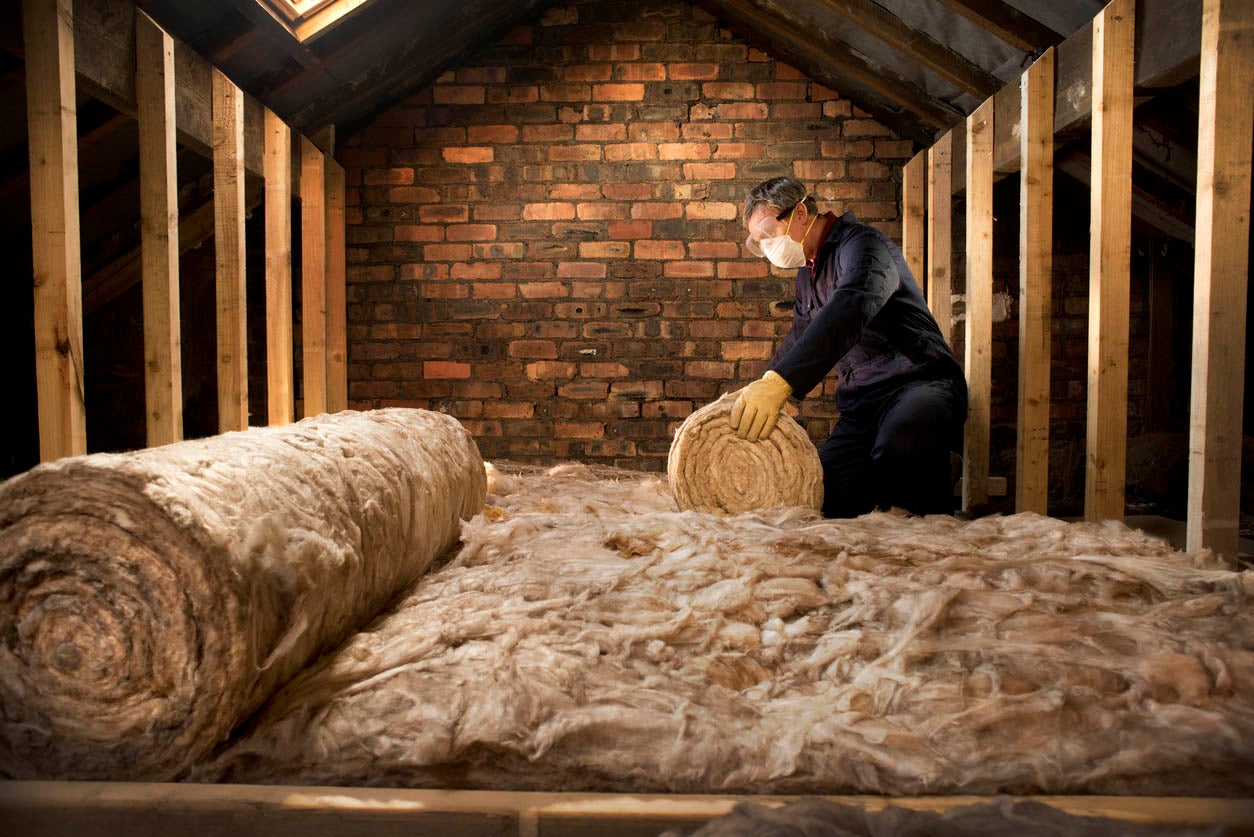
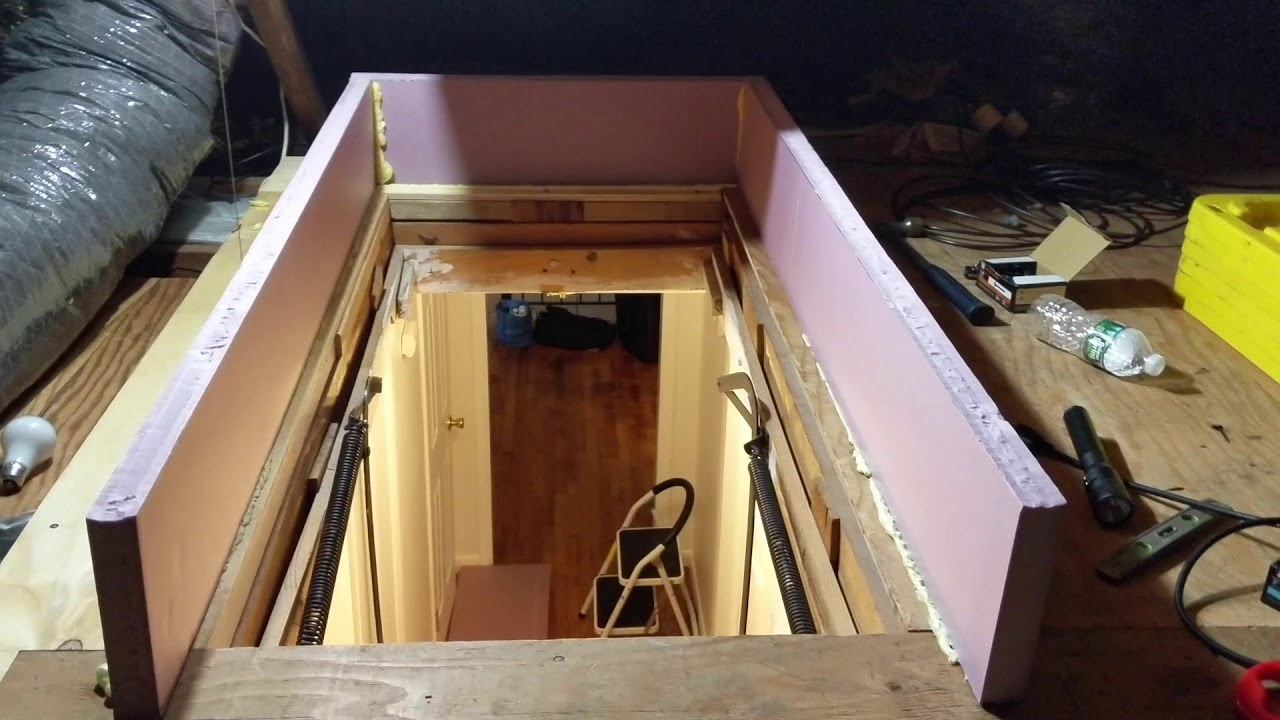
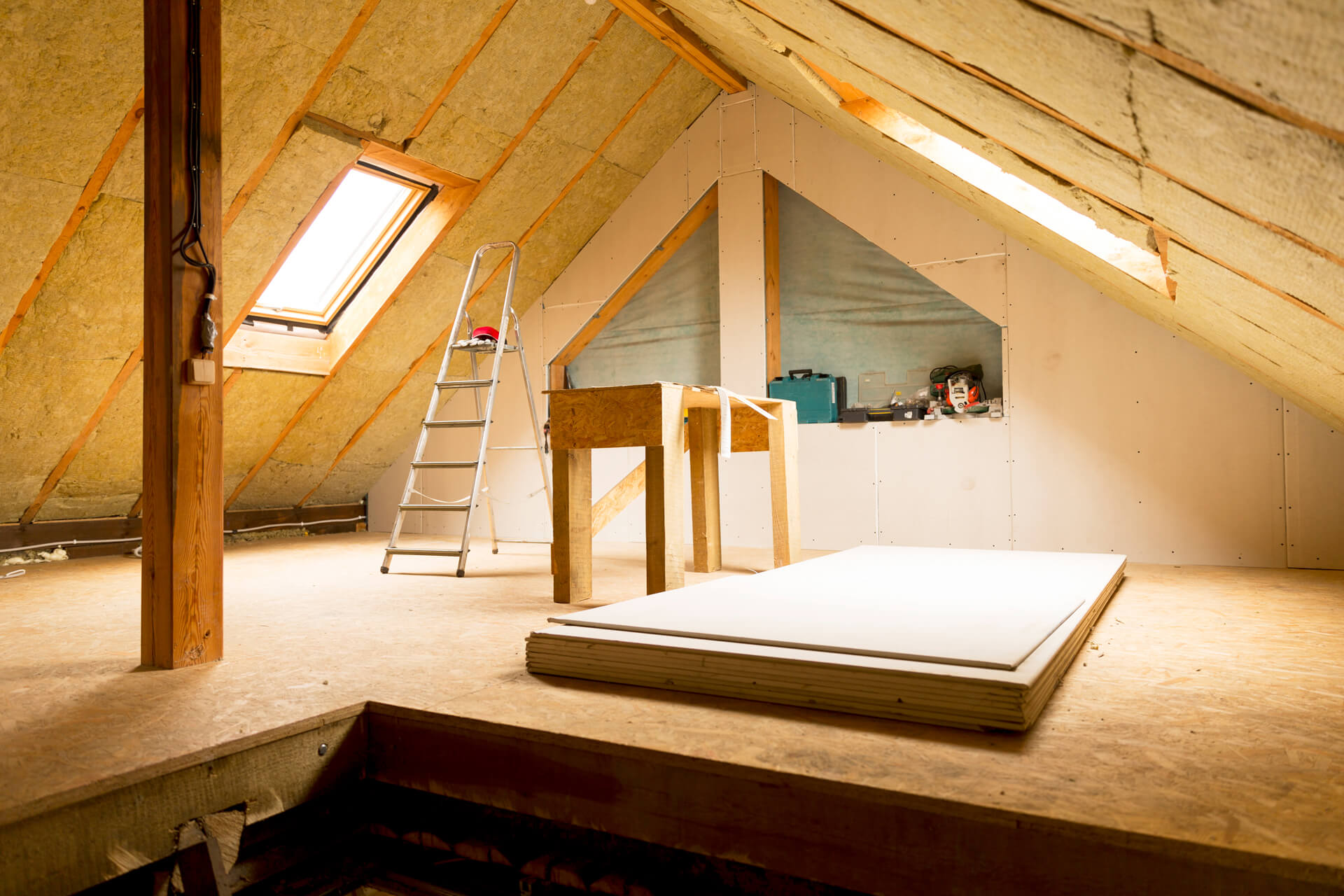
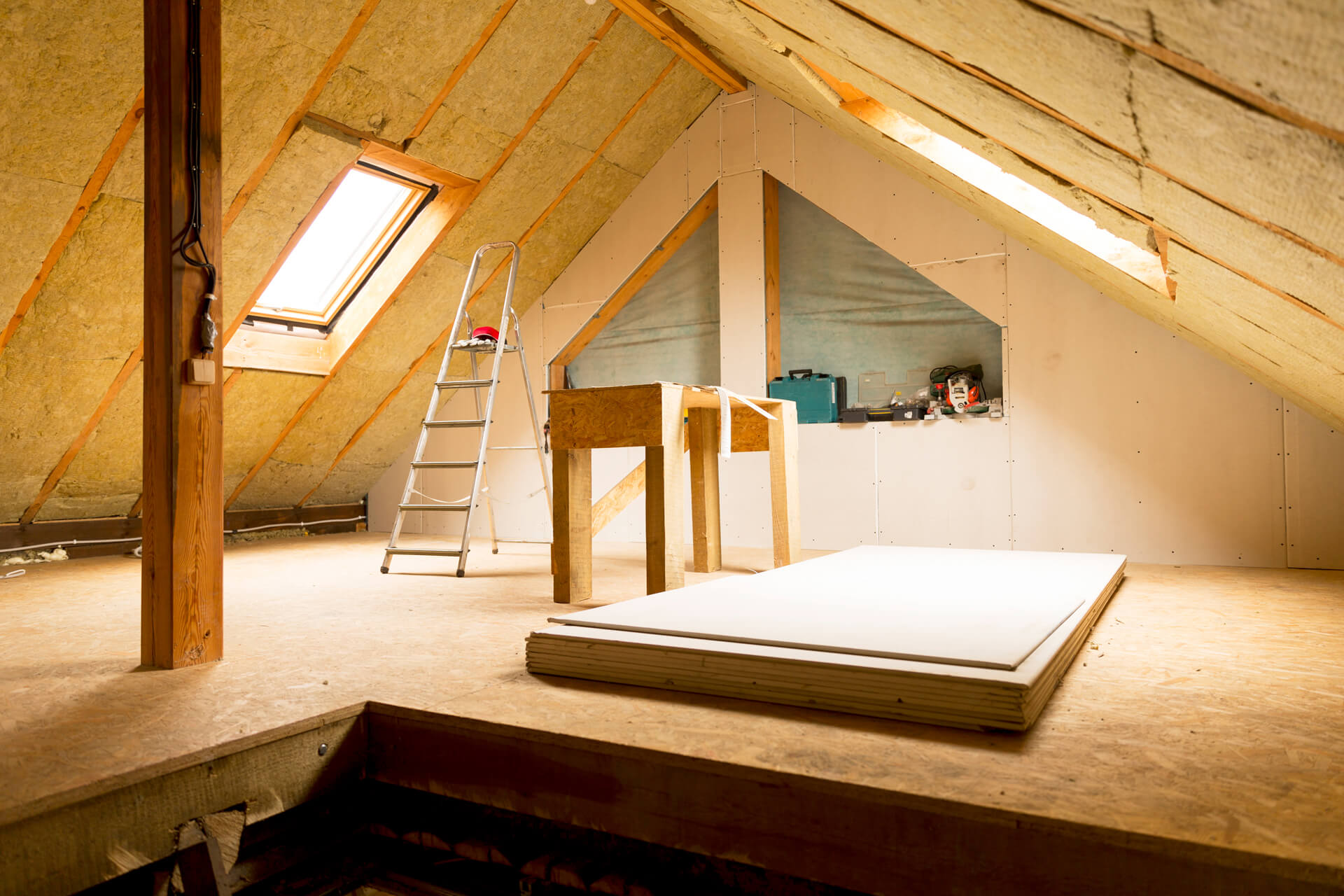

0 thoughts on “What Is The Best Kind Of Attic Insulation”